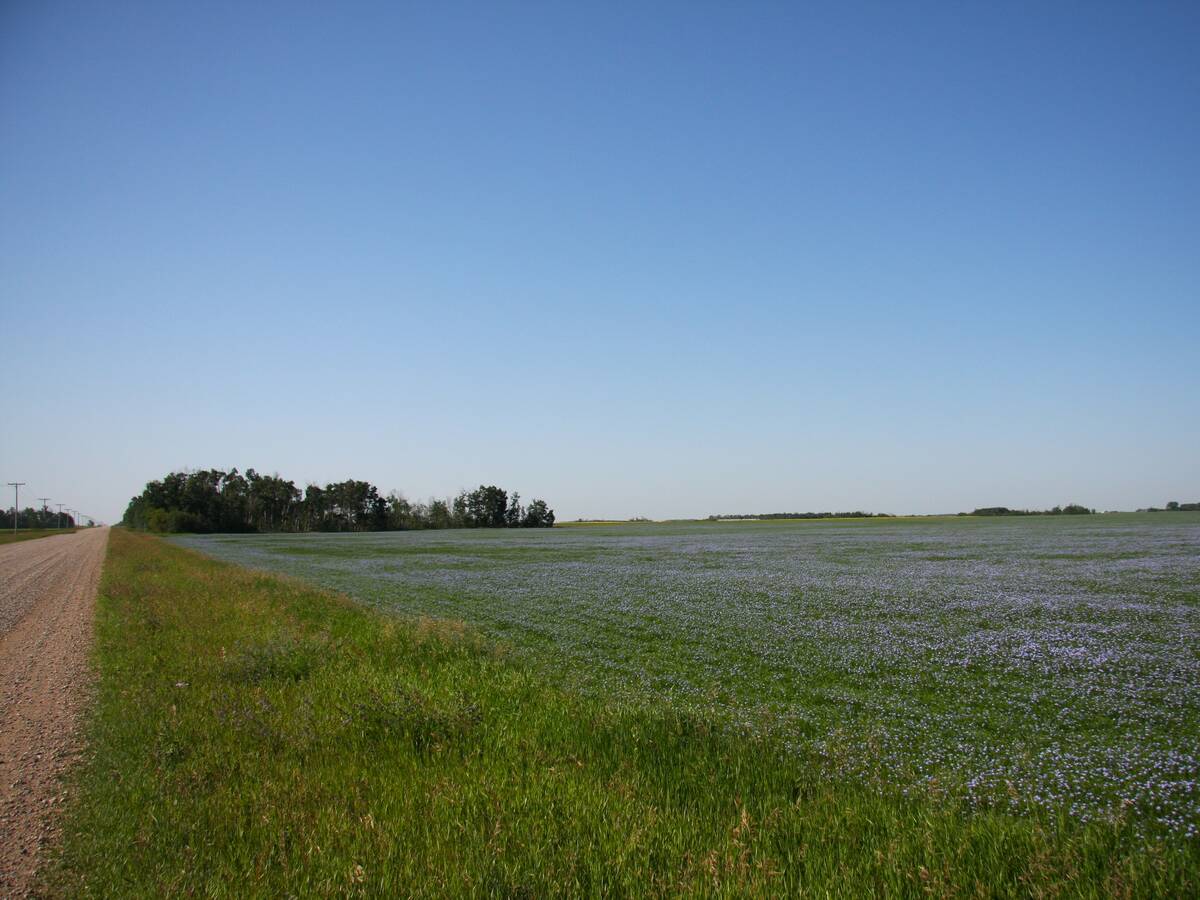Prairie malting barley is in short supply this year due to early frost and too much rain before harvest.
Jack Foster, director of barley procurement with Prairie Malt Inc., in Biggar, Sask., said supplies will be tight.
“What we’re up against this year is making sure there’s enough barley for the Canadian malt companies,” said Foster.
In a normal year, about 2.3 million tonnes of barley are bought for malt, about half by malt companies and half for export through the Canadian Wheat Board.
Read Also

Farmland advisory committee created in Saskatchewan
The Saskatchewan government has created the Farm Land Ownership Advisory Committee to address farmer concerns and gain feedback about the issues.
This year, companies will only be able to choose from about two million tonnes of malting barley.
“Supplies are going to be tight. Right now we don’t know how many tonnes are going to be available,” said Foster.
In Saskatchewan and Manitoba, an August frost damaged much of the malting barley crop. In Alberta high moisture before harvest caused many of the kernels to chit, or sprout while still standing in the field.
“Where the frost didn’t have any effect, some of the moisture has affected the barley freestanding in the field,” he said.
Chitting, or pre-germination, starts the germination process, but the kernel doesn’t actually sprout. In malting, starch in the barley is converted into sugar by using the germination process. If the seed won’t germinate, it won’t malt.
Chitted kernels don’t convert to sugars, and they create problems with mould and bacteria that leave a poor taste in beer.
“It’s very dramatic on the brewer.”
Foster said malt companies are careful in the barley they select because it takes years to develop a good relationship with brewers. Brewers can’t work with an inferior product, he added.
On the positive side, many of the samples sent to the laboratories are coming in with low protein levels needed for brewing. In a normal year, 30 to 40 percent of the barley samples have protein levels too high for beer production. This year only 10 to 15 percent of the barley has excessive protein.
“We’re seeing twice as much barley to pick from because the barley is lower protein,” he said.
“The fact that it is lower protein gives me confidence that everybody’s going to find enough barley to keep the plants going and get through the year.”
Michael Brophy, senior program manager with the Canadian Wheat Board, said companies have to be careful when buying barley this year.
“The selection of this year’s malting barley crop is presenting a challenge to the grain companies and the malting companies. They definitely have to work hard to examine all of the samples being off,” said Brophy.














